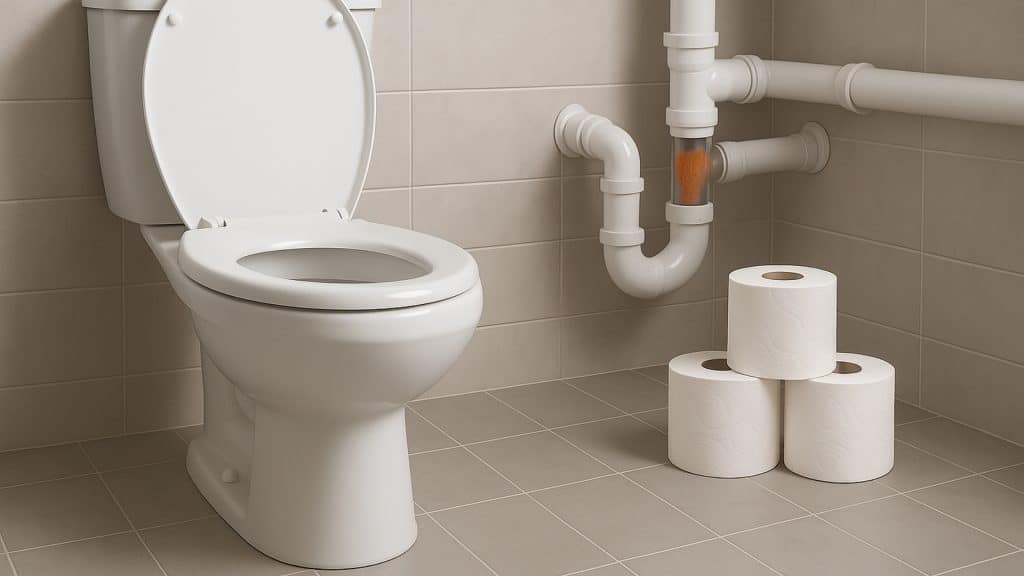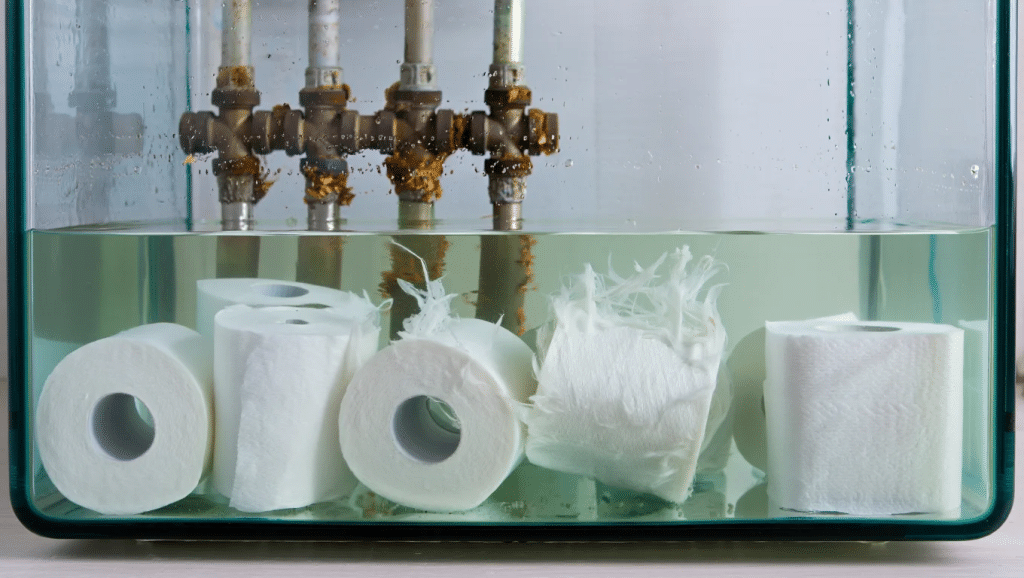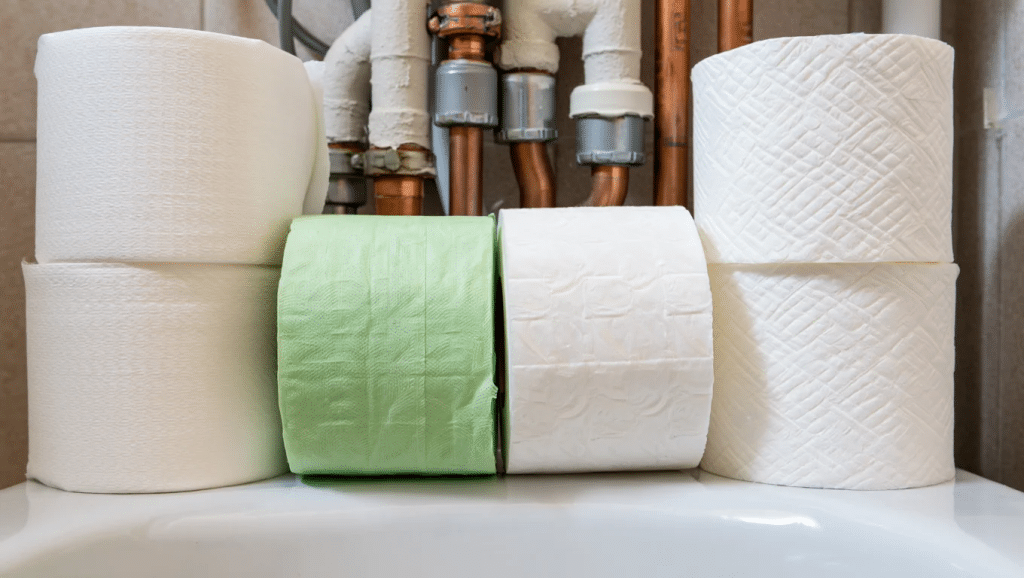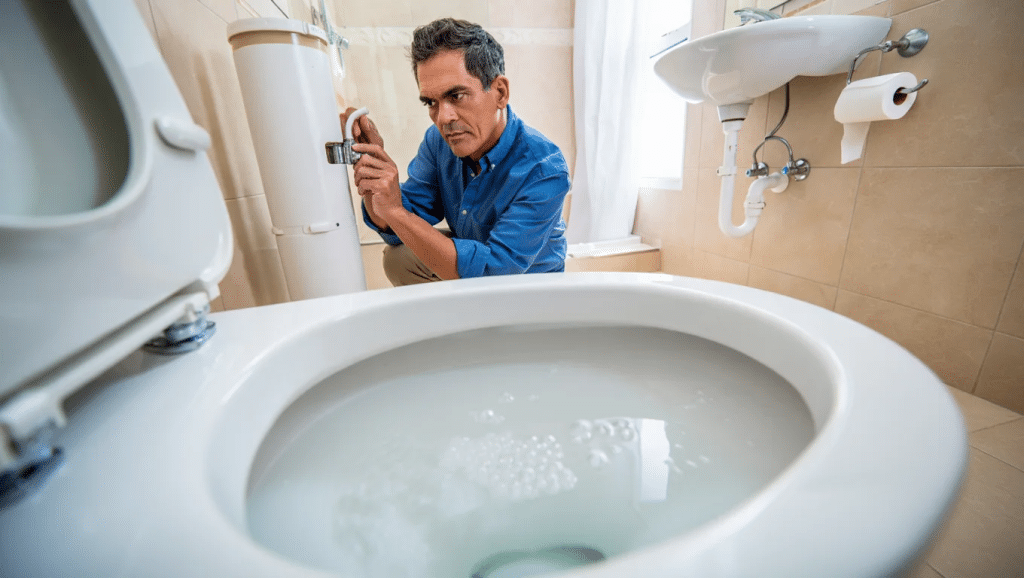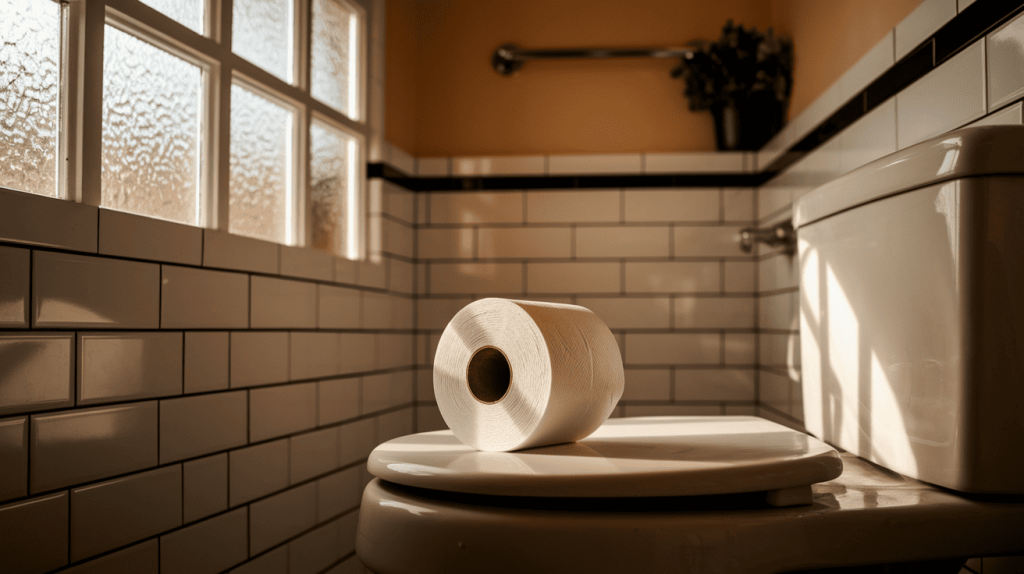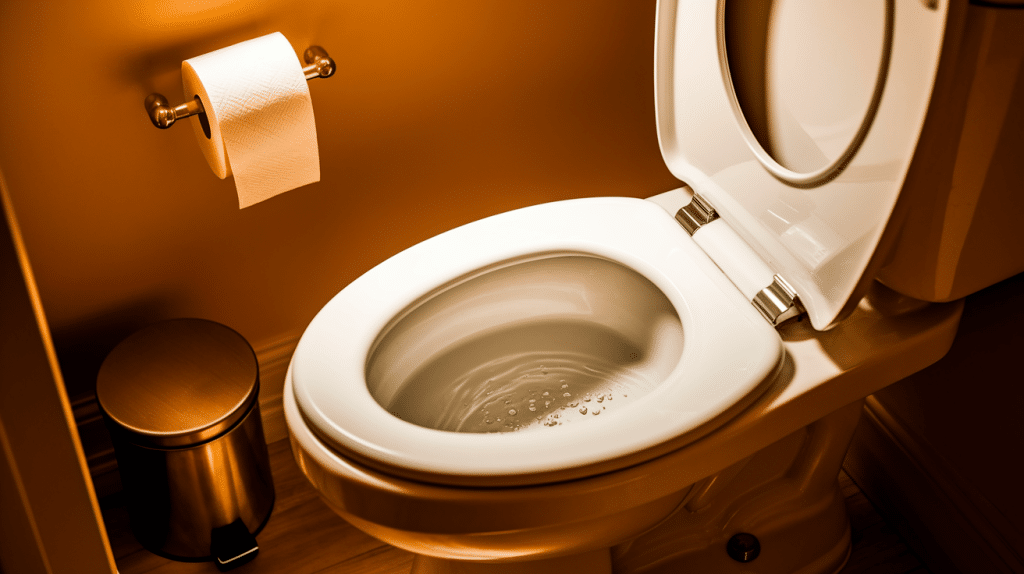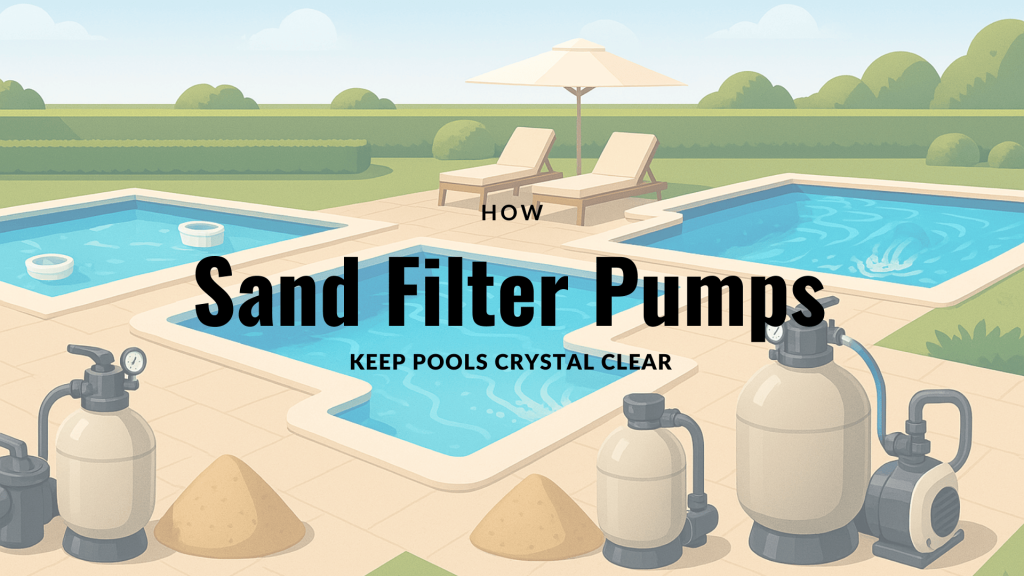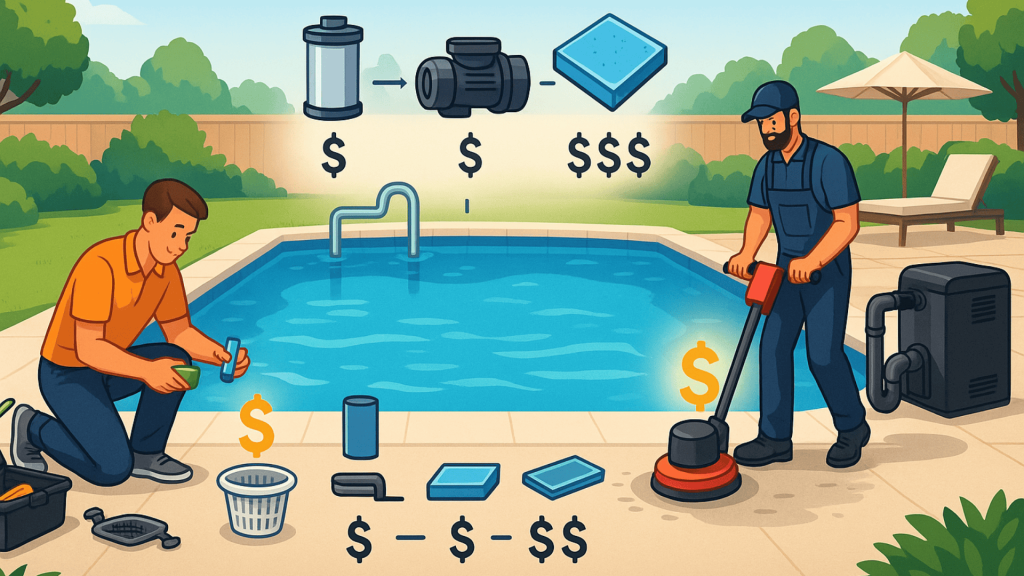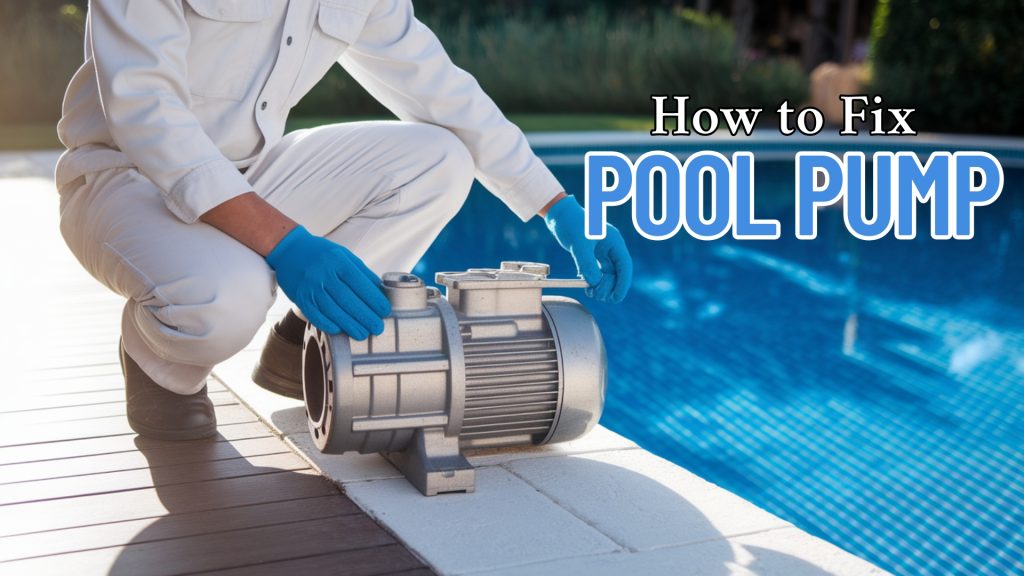Has your toilet been giving you trouble lately?
The problem might be sitting right on your bathroom roll holder.
Choosing the wrong toilet paper could be silently damaging your plumbing system one flush at a time.
The worst toilet paper for plumbing can turn a normal bathroom visit into an expensive plumbing emergency.
Many homeowners don’t realize that those ultra-soft, thick rolls advertised as “premium” are actually your pipes’ worst nightmare.
We will uncover which toilet papers you should avoid, why they cause problems, and what to look for instead.
Your pipes (and wallet) will thank you for making a smarter choice!
Why Toilet Paper Type Matters for Plumbing
Not all toilet paper breaks down the same way in water.
Some types dissolve quickly, while others remain intact for more extended periods.
Thick, soft toilet paper might feel nice on your skin, but it often takes much longer to break apart in your pipes.
This can lead to a buildup over time.
If you have a septic system or old pipes in your home, it is even more important to know this.
Septic systems rely on bacteria to break down waste, and these bacteria work more slowly on thick papers.
Old pipes may have rough spots or narrow sections where non-dissolving paper can get caught.
This creates blockages that get bigger as more paper sticks to them.
What Makes Toilet Paper Bad for Plumbing?
Some toilet papers are much more likely to cause plumbing problems than others.
Before buying your next pack, consider these key factors that make toilet paper harmful to your pipes:
- Toilet paper that dissolves too slowly can build up and form clogs.
- Thick, multi-ply papers take longer to break down in water.
- Toilet papers with lots of glue hold together even when wet.
- Papers without “septic-safe” labels aren’t tested for plumbing safety.
Choosing toilet paper that breaks down quickly will help protect your plumbing system and save you from expensive repairs in the future.
Worst Types of Toilet Paper for Plumbing
While comfort is important, some toilet papers are simply terrible for your plumbing system.
These products might feel nice to use, but they can lead to expensive repairs and frustrating clogs.
Here are the worst offenders to avoid if you want to keep your pipes flowing freely.
1. Ultra-Thick or Super Soft Toilet Paper
Ultra-thick toilet paper feels great on your skin but it’s terrible for your plumbing system.
These luxury papers contain extra layers of material.
They use special weaving techniques to create that soft feel.
This makes them break down very slowly in water. When you flush them, they don’t dissolve right away.
Instead, they can stay in one piece for a long time.
2. Toilet Paper with Lotions, Perfumes, or Additives
Many toilet papers now come with special additives.
These include aloe vera, vitamin E, and various fragrances.
These extras might make the paper feel nice but they add chemicals that actually repel water.
This creates a big problem for your pipes.
The water-resistant coating prevents the paper from getting soggy. It stays together much longer after flushing.
3. Cheap, Low-Quality Toilet Paper
Bargain toilet papers might save you money at first but they can cost you more in the long run.
Manufacturers make these papers cheap by using lower-grade materials.
They often include stronger fibers that don’t break apart easily.
They also add more binding agents to hold the paper together.
These papers might feel rough on your skin. But ironically, they’re tougher when wet.
4. Jumbo Rolls or Extra-Long Rolls
Jumbo toilet paper rolls seem convenient. You don’t need to replace them as often.
But they create special problems for your plumbing.
These big rolls are made with stronger paper.
The paper needs to resist tearing as it’s pulled from the heavy roll.
This same strength works against your pipes. The paper doesn’t dissolve easily in water.
Signs Your Toilet Paper Is Causing Plumbing Issues
Your toilet paper choice might be damaging your plumbing without you realizing it.
Watch for these signs that suggest your toilet paper is the culprit behind your bathroom problems:
- Toilets drain slowly or clog more than once a month.
- Pipes make strange gurgling sounds after flushing.
- You need to flush multiple times to clear the bowl completely.
- Your septic tank needs pumping more often than the usual 3-5 year schedule.
If you notice any of these signs, consider switching to a more plumbing-friendly toilet paper.
Making this simple change could save you from expensive plumbing repairs in the future.
What Types of Toilet Paper Are Safe for Your Plumbing?
Not all toilet paper is bad for your pipes.
The best choices for your plumbing are 1-ply or fast-dissolving papers that break down quickly in water.
Always look for products labeled “septic-safe” or “RV-safe” since these are tested to dissolve properly.
Some brands are known for being plumbing-friendly, including Scott 1000 and Charmin Ultra Basic.
For the ultimate protection, consider installing a bidet and using just a small amount of toilet paper to dry off.
This combination is not only better for your pipes but also more environmentally friendly.
Making the switch to plumbing-safe toilet paper is a simple change that can prevent expensive repairs.
Plumbing Tips for Toilet Paper Use
Even with the right toilet paper, how you use it matters for keeping your plumbing healthy.
Follow these simple tips to prevent clogs and keep your pipes flowing freely:
- Flush only toilet paper and human waste, nothing else.
- Never flush “flushable” wipes, they don’t break down properly.
- Use smaller amounts of toilet paper per flush.
- Flush twice if needed rather than forcing too much down at once.
- Keep a small trash can in your bathroom for non-flushable items.
- Test your toilet paper in water to see how quickly it dissolves.
Making these small changes to your bathroom habits can save you from the headache and expense of fixing major plumbing problems.
Wrapping It Up
Now you know which toilet papers to avoid to keep your plumbing happy.
The worst toilet paper for plumbing might feel great to use, but the comfort isn’t worth the risk of expensive repairs.
Remember to choose single-ply or rapid-dissolving options whenever possible, and always look for “septic-safe” on the package.
A simple switch in your bathroom tissue could save you hundreds in plumbing bills.
Test your current brand by dropping a square in water, if it doesn’t start breaking apart within seconds, it’s time to shop for something new.
Your pipes deserve protection from damaging products, and now you have the knowledge to provide it!

